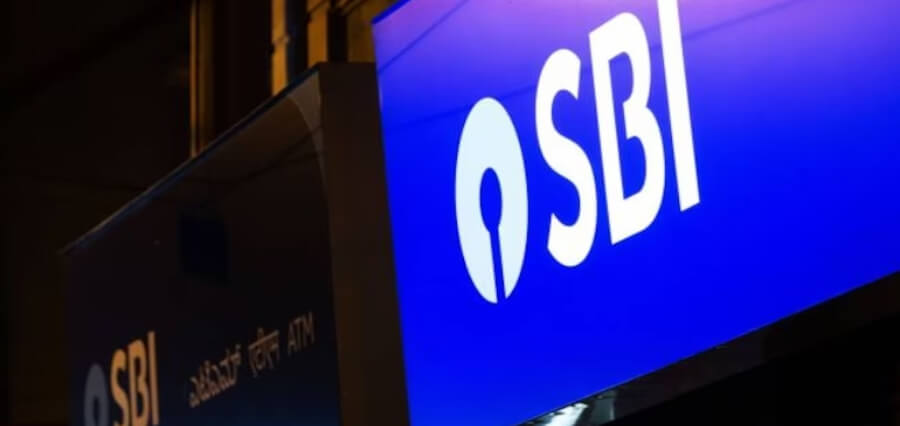The largest lender in the nation, State Bank of India (SBI), reported an almost three-fold increase in net profit in the first quarter of the current fiscal year, leading to a gain of about 1% in early trading on August 7.
In the June quarter, SBI recorded a 178 percent increase in net profit at Rs 16,884 crore, helped by strong net interest income and loan growth.
The net interest margin (NIM) increased from 3.02 percent to 3.33 percent over the same time last year. The lender’s domestic IM increased by 24 basis points from 3.23 percent to 3.47 percent this year.
The gross non-performing assets (GNPA) ratio decreased from 3.91 percent in the prior period to 2.76 percent, indicating an improvement in asset quality as well. In contrast to 1 percent last year, the ratio of net non-performing assets (NNPAs) decreased to 0.71 percent.
Deposits increased by 12% annually to Rs. 45.31 lakh crore. The bank reported a 13.90% increase in credit. Chairman Dinesh Khara stated on a post-earnings call that the bank planned to increase loans by 15% in the fiscal year 2023–2024.
Provisions were Rs 2,501 crore as opposed to Rs 4,392 crore the year before. Slippages in the reviewed quarter totalled Rs 7,659 crore, a decrease of 21.37 percent YoY.
Nomura has given the company a “buy” rating and set a target price of Rs. 655 per share. “The bank delivered soft top-line performance, with return on asset (RoA) maintained at 1.2 percent,” the statement read.
The stock has been accorded “equal weight” by Morgan Stanley. From Rs. 715 to Rs. 670, the firm’s target price was decreased.
The brokerage reported that while the asset quality and capitalization ratios performed well, the core Pre-Provision Operation Profit (PPoP) fell short of projections because of reduced net interest margins (NIMs) and increased operating expenses. We observe a negative surprise risk to the wage hike assumption due to unmet funding costs. RoAs must decrease from their present levels of 1.2 percent.
Read More: https://cioworldindia.com/





